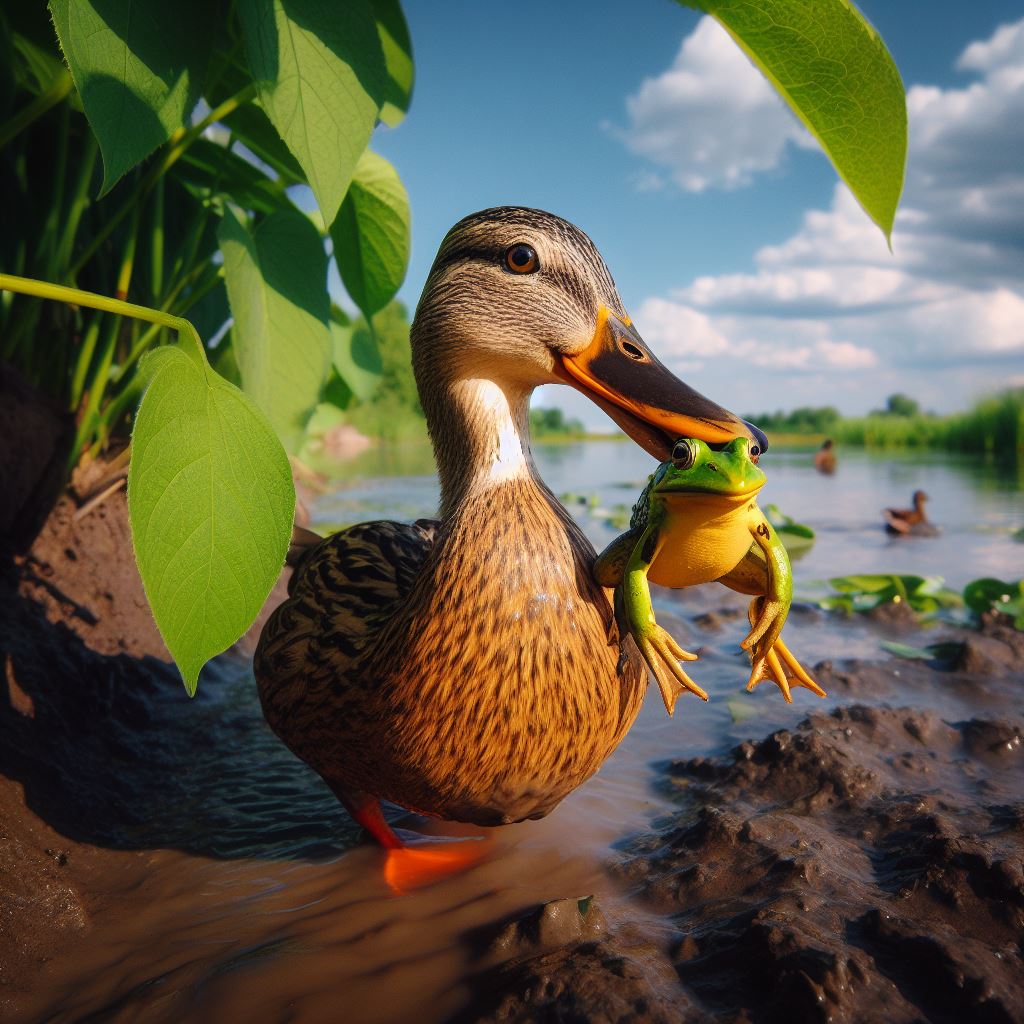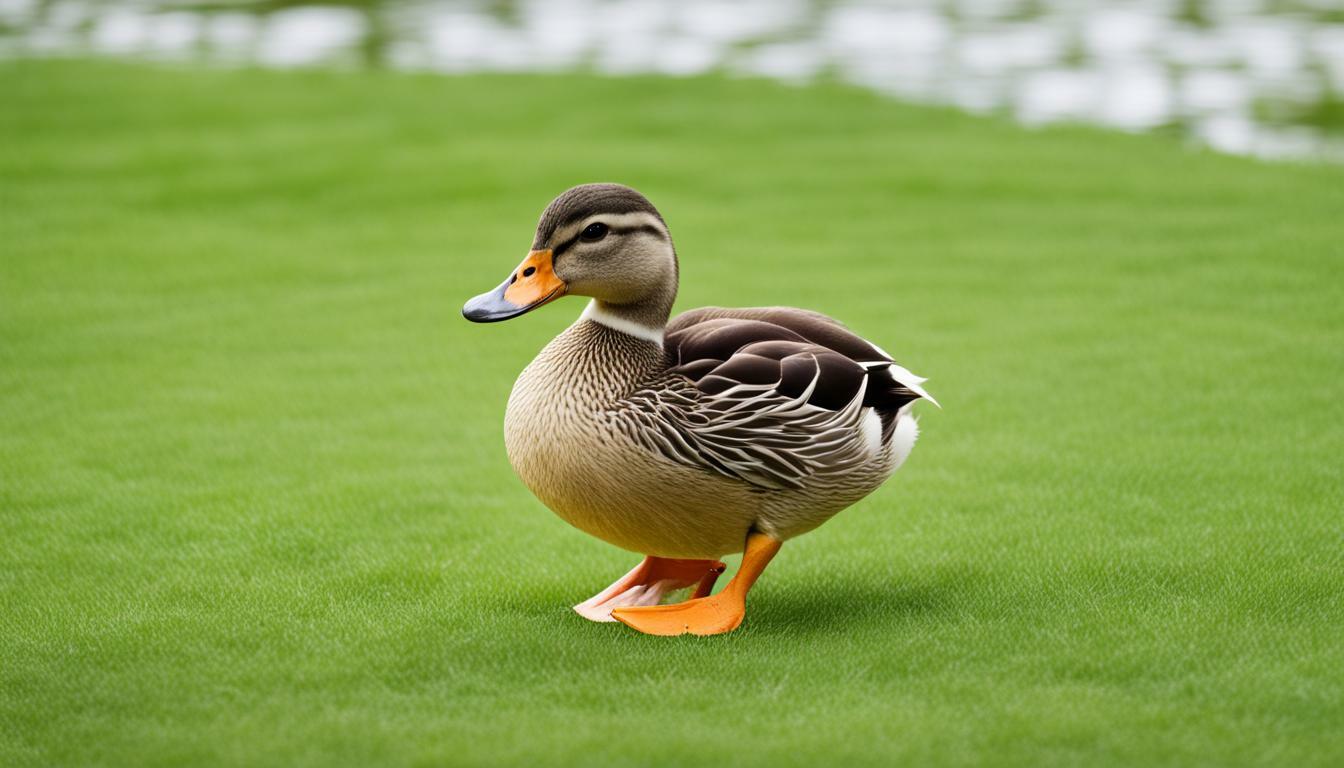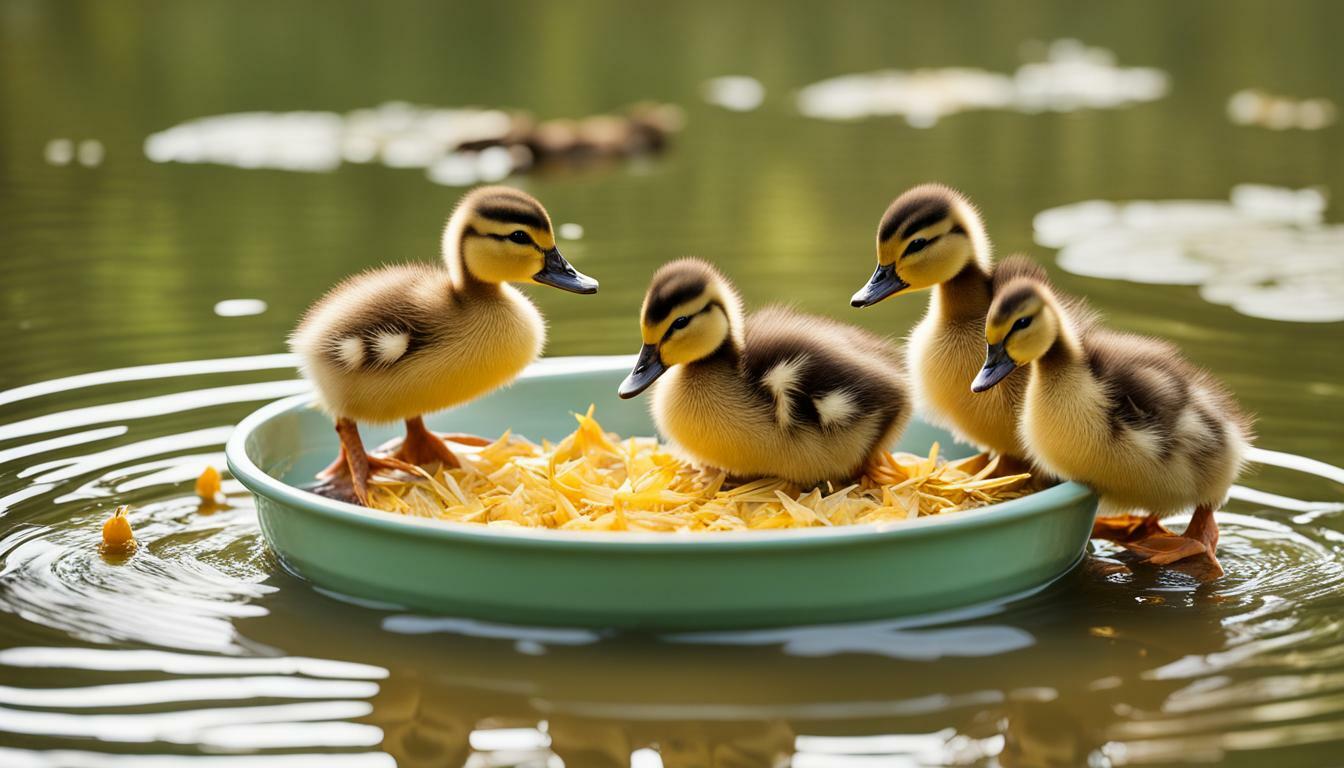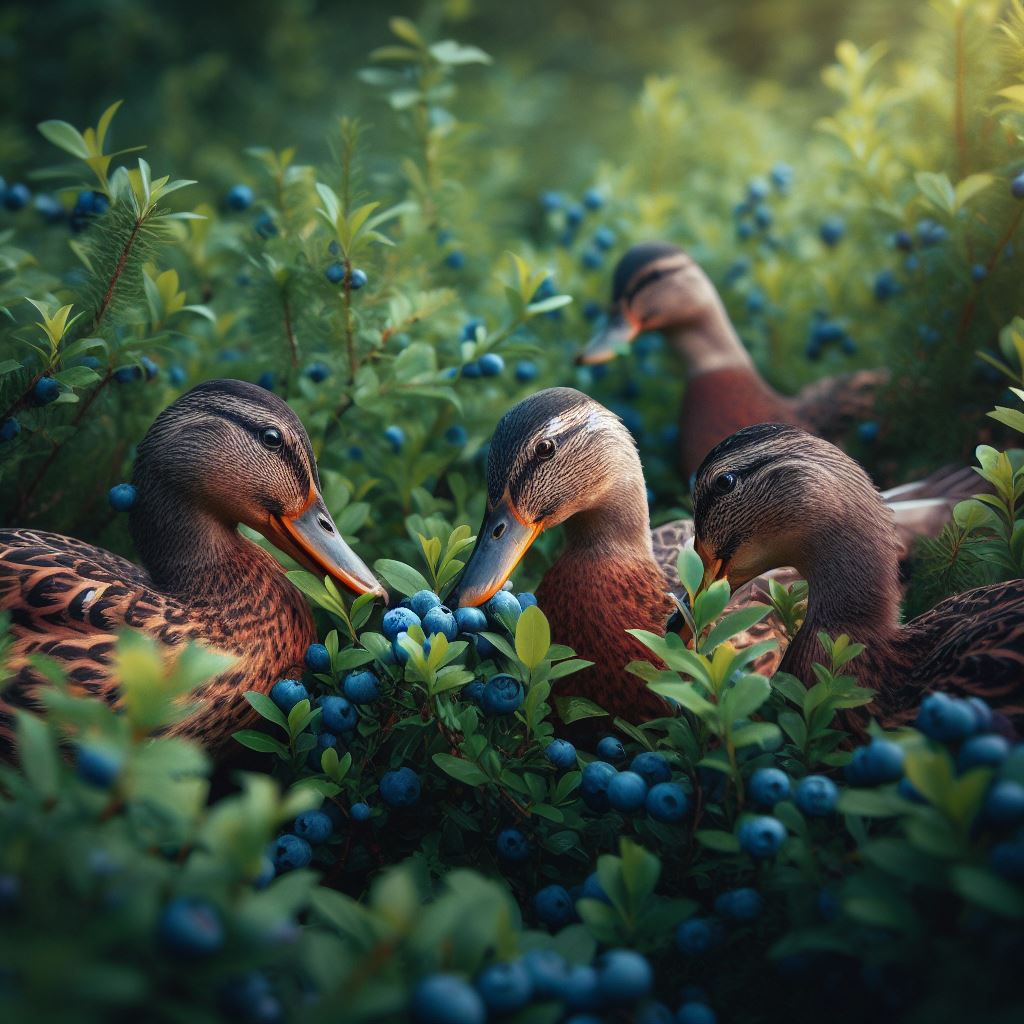Can Ducks Eat Frogs? Facts You Need to Know

Table of content:
Ducks are omnivorous birds that feed on a diverse natural diet including plants, seeds, and small animals. As aquatic larvae, tadpoles are a potential food source accessible to ducks in wetland areas.
This article explores whether wild ducks actually consume frogs and tadpoles, the nutritional value and potential toxins involved, and the implications for conservation efforts of frog and duck populations sharing fragile wetland ecosystems.
Yes, ducks can eat frogs. As omnivorous birds, ducks feed opportunistically on small animals like frogs to obtain protein, nutrients, and calories. However, some frog toxins can be dangerous if consumed.
Ducks as Omnivorous Birds
Ducks are classified taxonomically in the family Anatidae, including over 40 species such as Mallards, Wood Ducks, and Teal. As birds, ducks are warm-blooded vertebrates. As omnivores ducks feed opportunistically on both plant and animal material. The diverse natural diet of ducks includes:
- Aquatic plants and algae
- Seeds and grains
- Aquatic insects
- Mollusks
- Crustaceans
- Worms
- Fish eggs
- Frogs
The availability of food sources shapes ducks’ feeding patterns. Ducks employ various foraging methods to meet their nutritional needs, including dabbling, grazing, and predation. Their flexible omnivorous habits allow adaptation to diverse wetland environments.
 Predation Behavior of Ducks
Predation Behavior of Ducks
While primarily feeding on aquatic vegetation, ducks also opportunistically eat eggs, larvae, tadpoles or small frogs to obtain protein. Ducks employ predation strategies including:
- Foraging in shallow water for tadpoles and frogs
- Consuming frog eggs when available as a food supplement
- Capturing small frogs, toads or tree frogs near waterways
As relatively fast moving birds, some duck species can successfully catch and swallow adult frogs, while larger frogs and toads rely more on camouflage and toxic secretions as defense mechanisms. Ducks may teach ducklings to capture tadpoles and supplement their high protein requirements for development.
Frog Consumption by Ducks in the Wild
Ducks have been observed consuming tadpoles, frog eggs, small frogs and tree frogs to meet protein needs:
- Wood Ducks feed on tree frog tadpoles
- Mallards consume eggs and tadpoles of Green Frogs
- Teal Ducks will eat Northern Leopard Frog tadpoles
However aquatic vegetation remains the largest proportion of most ducks’ intake. The availability of tadpoles and frogs to foraging ducks depends greatly on the location and habitat.
Nutritional Value of Frogs for Ducks
The protein and fat contained in frogs and their larvae offer supplements to the nutrition predominantly obtained by ducks from aquatic plants. Frog meat contains:
- High quality protein
- Essential amino acids
- Vitamins (A, B, E, etc.)
- Minerals (phosphorus, calcium, etc.)
- Healthy fats
Frogs provide a good diet balance for developing ducklings. As prey, tadpoles and frogs also support survival of endangered duck species. Most tadpoles are more vulnerable to duck predation than adult frogs.
Potential Toxins in Frogs
While providing nutrition, some frog species also secrete toxins as a defense mechanism:
- Bufotoxins in the parotoid glands of Toads can cause illness in ducks
- Poison dart frogs harbor lethal batrachotoxins to deter predators
- Tree frog tadpoles contain glycosphingolipids that deter predation
The skin toxins and distasteful secretions of certain frogs serve as a defense mechanism. These discourage predation from ducks and other animals but may be lethal if frogs are consumed.
Impact on Duck Populations
Most evidence suggests only a small proportion of a duck’s food intake comprises of frogs, so there are limited risks to duck health or populations. However further research should clarify:
- The extent of tadpole and frog consumption across common duck species
- How predation pressure on threatened frog populations may impact overall food chain dynamics
Conservation Efforts for Frog Populations
With over one third of amphibians threatened globally, conservation efforts prioritize protecting fragile frog populations, including:
- Wetland preservation to safeguard amphibian breeding habitats
- Creation of wildlife corridors connecting fragmented habitats
- Reduction of pet trade over-harvesting and invasive species impacts
- Restrictions on pesticide contamination of aquatic ecosystems
Community wetland rehabilitation projects also aim to provide essential viable frog and duck breeding grounds into the future.
Management Strategies for Duck Habitats
While ducks are not threatened overall as a species, destruction of wetland ecosystems is shrinking essential habitats. Management strategies adopted include:
- Preserving wetlands areas with rich food sources fortifies duck population’s long-term
- Flooding fields through autumn and winter ensures available food supply for migratory duck populations
- Establishing protected sanctuary wetland areas enables breeding and reduces pressure on habitats
- Enforcing hunting bag limits and restricted seasons prevents overharvesting of ducks
These conservation policies help maintain ecological balance between predator and prey species relying on these wetlands.
Conclusion
In conclusion, the opportunistic feeding behaviors of omnivorous ducks certainly include predation of various life stages of frogs to supplement mainly plant-based diets.
The availability of tadpoles and small frogs provides ducks with high quality protein. Further research should establish any implications for vulnerable frog populations sharing wetland habitats with ducks.
As complex ecosystems, wetlands support diverse plant and animal life which require carefully balanced conservation policies.
With expanding human activity threatening these fragile habitats, protecting sufficient viable wetlands remains key to the survival of both frog and duck populations.
Welcome. I’m Adreena Shanum, the proud owner of this website, and I am incredibly passionate about animals, especially poultry. I founded adreenapets.com as a labor of love, stemming from my desire to share my knowledge and experiences with poultry enthusiasts worldwide.




